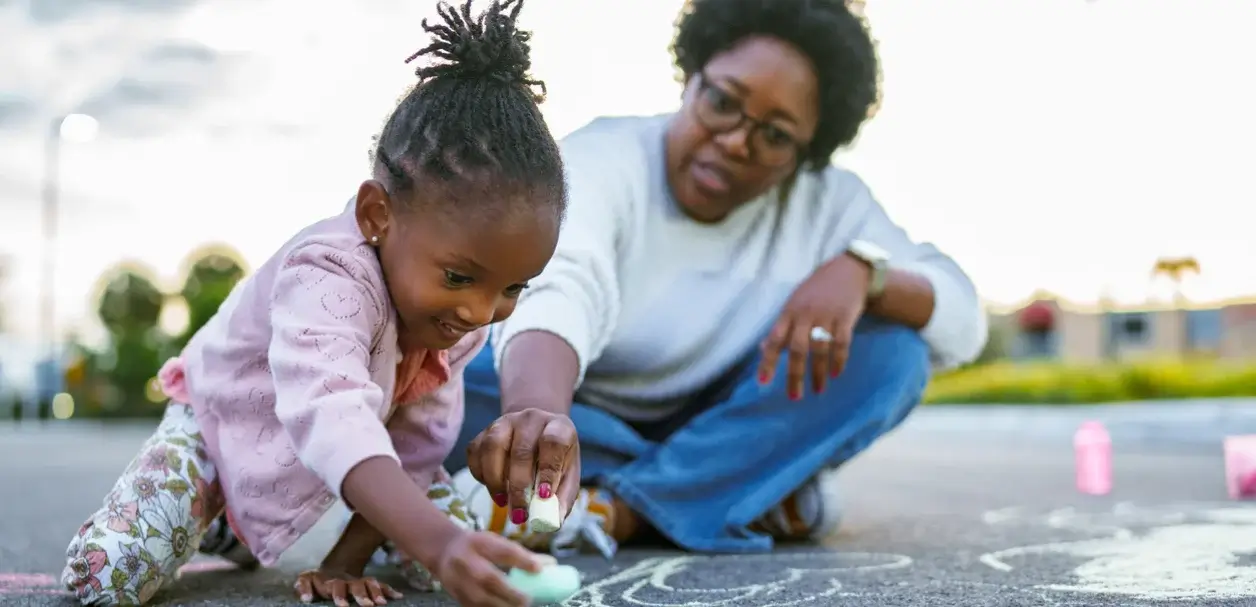Remember those rhymes you used to chant as a kid? How about clapping and dancing to the beat of childish tunes? Perhaps you made up your own songs, not caring how silly they sounded. If you can see yourself doing that through the lens of your (much) younger self, you can easily teach phonemic awareness to your child.
But first, what is phonemic awareness? Most simply, it means hearing sounds—down to the individual sounds that make up words. Going one step farther, it is the ability to discern and manipulate the sounds within words.
The name sounds like a complex learning concept that requires some type of certification to teach. And, indeed, many children with dyslexia and other challenges may need specialists to help them master it. But it’s also something that you can—and should—begin nurturing at home in order to develop a solid reading foundation for your child. You can easily kick-start your child’s phonemic awareness with the types of activities you enjoyed when you were small.
Why Phonemic Awareness Matters
Before matching letters to sounds (phonics!), your child needs to grasp the idea that words are made up of sounds. That’s where phonemic awareness comes in. By teaching your child how to identify sounds and sound patterns within words, you’re setting the stage for the main event, which is phonics instruction.
As a mature reader, you may no longer pay much attention to individual sounds within words, because you’re so used to hearing and using them. Not so for small children. They’re absorbing these patterns by listening to people talk—and talking themselves—every day.
To accelerate this learning, you can use body movements, voice, and a few props to help your child become more aware of sound patterns and how frequently the same ones show up again and again in our spoken (and, as they’ll eventually see, written) language.
Once your child develops the ability to tell one sound from another, learning to read becomes much easier. Phonetically “decoding,” or sounding out, written words is a logical next step when your child can already break words down into sounds.
5 Easy, Fun Phonemic Awareness Activities
Convinced that phonemic awareness is central to learning to read? The following 5 phonemic awareness activities will get you started. Once you realize how easy it is to play with sounds, you’ll have no trouble coming up with new games on your own. And be sure to revisit those ditties you recited as a child! They’re full of rhymes, repetition, and recognizable sound patterns—fun for your child and fun for you.
Start by choosing a “sound of the day” and write the letter(s) that represent it somewhere handy to reference throughout the day. Introduce the sound to your child and give some example words that start with it. Point out an object whose name starts with the sound.
- Ask your child to find items in the room whose names begin with the sound of the day. As you go through your day together, point out objects that begin with the sound, and ask your child to do the same. For example, if your sound is /b/, you could point out their bed during nap time, a banana at snack, and a button when they’re getting dressed.
- Invite your child to think of things that start with the sound, then draw pictures of them together. (You can have your child think of the object, then you draw it for them or let them help draw it if they’re ready.) This expands their thinking beyond what they can see in the immediate environment, helping them apply the sound to other situations. You can also head outside and use chalk to draw pictures of items that start with the target sound on the sidewalk, driveway, or playground blacktop.
- Create a scavenger hunt. Hide some objects that begin with the sound you’re working on. Create clues for your child, using the sound as many times as you can. Repeat the sound at the end of each clue. For example: “The blue ball is hiding where Baby Bobby sleeps. B-b-b-b.”
- Make up silly songs using the sound. Create a tune and sing with your child, emphasizing the letter sound. For example, “Baby Bobby has a blanket. Baby Bobby has a ball. Baby Bobby blows bubbles!”
- Invent goofy sentences or short stories that use as many words starting with the sound as possible. Invite your child to act out the words or make up a dance to go along with the story. Here are some phrases to get you started: Buzzing Bumble Bee, Silly Sister Sally, Running Round Rose, Goofy Galloping Gary, Merry-Making Melanie, Lazy Little Lizard, Darling Dancing Dog.
By using these simple, fun activities to help your child identify sounds and sound patterns in words, you’re setting your little reader up for a future filled with good books, confidence in school, and a mastery of the English language. You’re also demonstrating from an early age that your child can count on you to help them learn new things as they grow!

